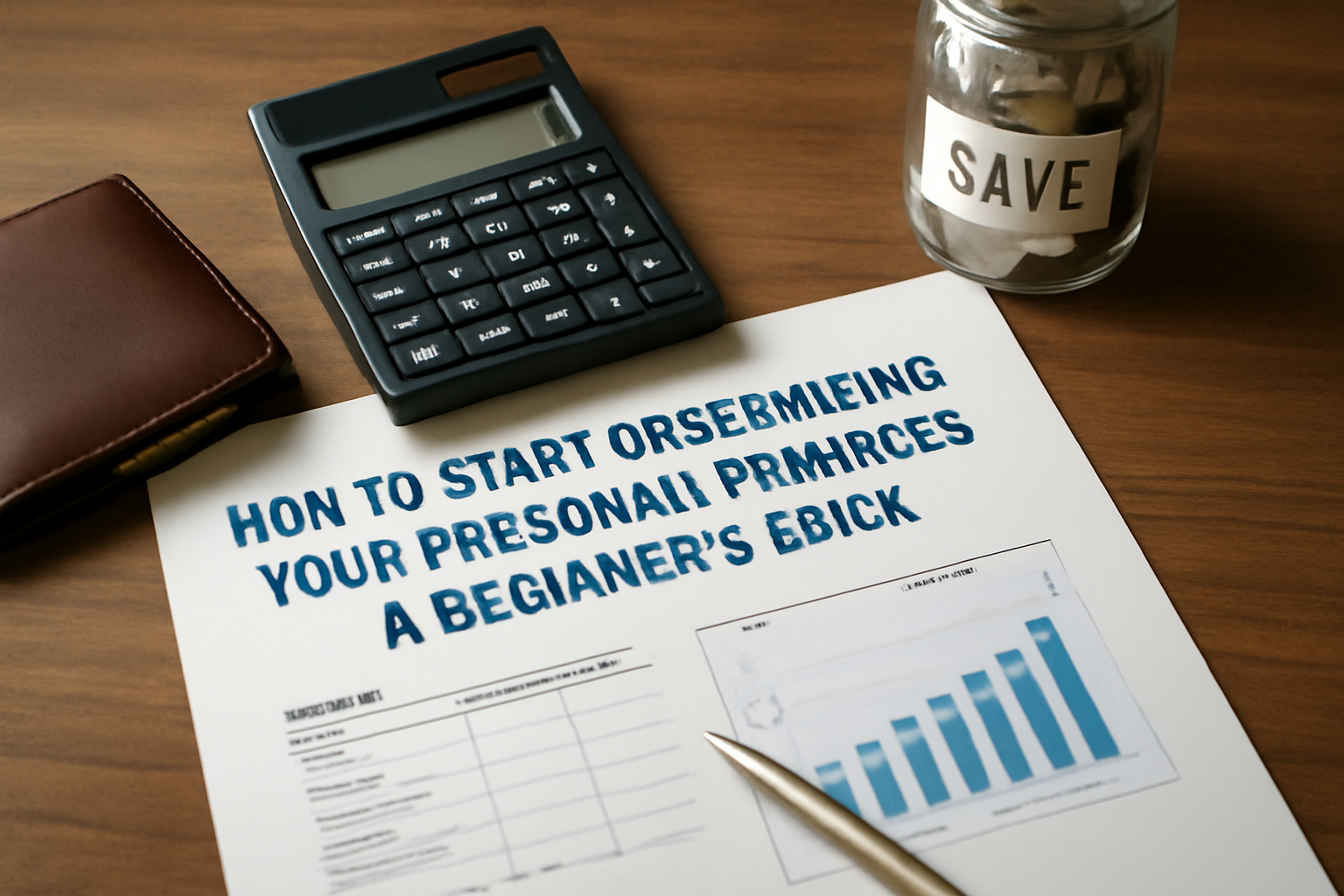Managing your personal finances can seem overwhelming, especially if you’ve never really paid attention to how you spend and save money. However, taking the time to organize your finances can set you up for a much more secure and stress-free financial future. This guide is for those just beginning their financial journey, and we’ll walk you through the basics of how to get your finances in order.
1. Understand Your Current Financial Situation
Before you can start organizing your finances, you need to understand where you currently stand financially. This means taking a look at your income, expenses, debts, and savings.
Start by making a list of all your sources of income. This includes your salary, side gigs, passive income, and any other sources. Next, list all of your monthly expenses, such as rent or mortgage, utilities, transportation, groceries, and any subscriptions you might have.
Once you have an understanding of your income and expenses, calculate how much money you have left over at the end of the month. This will give you an idea of how much you can save or use to pay off debts.
2. Create a Budget
A budget is one of the most important tools in organizing your finances. It’s a simple way to track where your money goes each month and make sure you’re not spending more than you earn.
The most common budgeting method is the 50/30/20 rule. This rule suggests that you allocate:
- 50% of your income to needs (such as rent, utilities, and groceries),
- 30% to wants (like entertainment, eating out, and non-essential purchases), and
- 20% to savings or debt repayment.
Start by setting aside money for necessities and make sure to prioritize saving or paying off high-interest debts.
3. Build an Emergency Fund
An emergency fund is a financial cushion that can help you cover unexpected expenses like medical bills, car repairs, or even job loss.
Ideally, you should aim to save at least three to six months’ worth of living expenses in a high-yield savings account. This will give you peace of mind knowing that you’re prepared for the unexpected.
Start small if needed. Even saving a few hundred dollars is a good first step.
4. Pay Off High-Interest Debts First
If you have debts, particularly high-interest credit card debts, it’s crucial to prioritize paying them off. High-interest debt can quickly spiral out of control, so focus on paying it off as soon as possible.
The debt snowball method is a popular strategy for paying off debt. It involves paying off your smallest debt first, then moving on to the next smallest, and so on. This gives you a sense of accomplishment as you knock out each debt.
Alternatively, the debt avalanche method focuses on paying off the highest-interest debt first to save more on interest over time.
5. Track Your Spending
Keeping track of your spending is a crucial part of staying on top of your finances. Fortunately, there are many apps and tools available to help you monitor your spending and stick to your budget.
Apps like Mint or YNAB (You Need a Budget) allow you to link your bank accounts and credit cards so that you can see where your money is going in real-time. By tracking your spending, you can identify areas where you might be overspending and make adjustments.
6. Start Saving and Investing
Once you have a handle on budgeting and paying off debt, it’s time to focus on saving and investing. This is where you can start to grow your wealth and work toward achieving financial goals like retirement or purchasing a home.
Begin by setting aside money for long-term goals like retirement. A great way to get started is by contributing to an employer-sponsored retirement plan, such as a 401(k), if available. If not, consider opening an individual retirement account (IRA).
In addition to retirement savings, you may also want to start investing. If you’re a beginner, it’s wise to start with low-risk options like index funds or exchange-traded funds (ETFs). These investments allow you to diversify your portfolio and reduce risk.
7. Review and Adjust Your Financial Plan Regularly
Your financial situation will change over time, and it’s important to regularly review and adjust your financial plan. This could be every few months or at least once a year.
When reviewing your plan, consider:
- Are your expenses higher than expected?
- Have you received a raise or change in income?
- Do you need to adjust your savings goals?
By regularly reviewing your finances, you ensure that you’re always working toward your financial goals, even as circumstances change.
Take Control of Your Financial Future
Getting your finances organized as a beginner doesn’t have to be overwhelming. By following these basic steps, you can build a solid foundation for your financial future. Start small, take it one step at a time, and remember that consistency is key.
